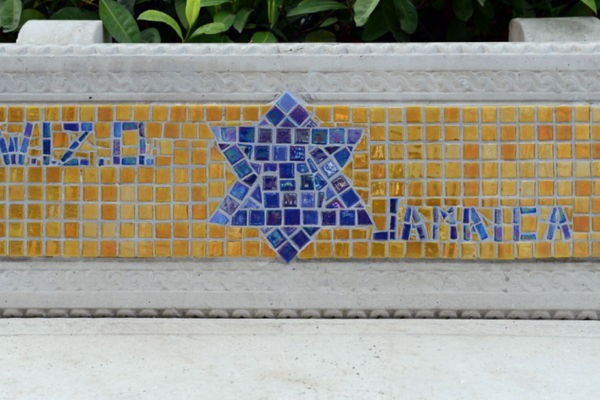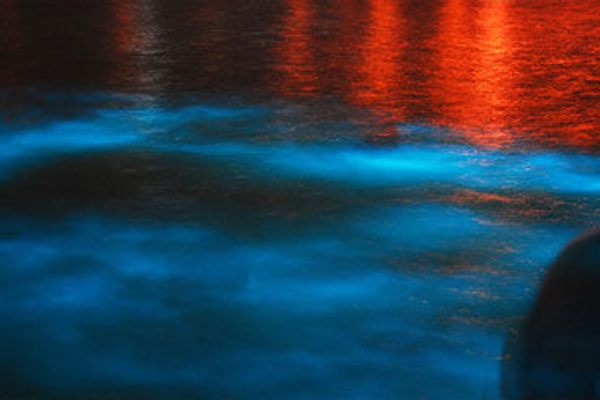Folly Ruins
The legend associated with these ruins understates the splendor of the mansion that once stood here.
On a private peninsula at the mouth of the harbor of Port Antonio stand the ruins of a crumbling mansion. Once the most opulent house in Jamaica, the decaying shell has attracted its share of legends — just as one would expect from any shadow of grandiosity long since passed.
Folly Ruins have been attributed to foolish and prideful man hoping to impress his bride. According to a common story, the great house was built by an American as a gift to his betrothed. In his rush to construct the mansion, he foolishly had the cement mixed with saltwater for the sake of expediency, which weakened the material and rusted the steel infrastructure. The whole building began to disintegrate soon after being built. When the rich American carried his new wife across the threshold, she saw that it was already falling apart and exclaimed, “What a folly!” She left Jamaica and never returned, and the rich man left “Folly Mansion” to crumble — like their love — back into the sand.
The true story, however, is less dramatic but far more fabulous. In the early 1900s Alfred Mitchell, a businessman from Salem, Connecticut, visited Port Antonio with his wife Annie Tiffany, an heiress to the Tiffany fortune. They fell in love with the area, and in 1905 purchased the land (which had been known as Folly Point for at 120 years by then) and began building a villa where they could spend their winters. The finished product was sprawling, lavish mansion built in the style of a Roman villa, with over 60 rooms.
The extravagant mansion included a steam-powered generator, electric lights, running water, a sauna, and a wind-powered generator to pump seawater into an indoor swimming pool. The property included stables as well as a menagerie of peacocks and monkeys. Mitchell imported Jamaica’s second automobile, a Rolls Royce touring car, to take joy rides around Folly Point.
Like any good legend, though, the one attached to Folly Ruins contains a kernel of truth. The entire first floor of the house was made of concrete (as high-quality lumber or bricks were difficult to come by in the area) and it seems that the concrete was, in fact, mixed with seawater. However, given that the concrete portion of the house has remained standing for over 100 years, this obviously did not cause the kind of immediate structural deterioration that the legend describes.
The Mitchell family lived a comfortable, luxurious life on Folly Point until 1911, when Alfred Mitchell died at the age of 80. Annie remained at the mansion for a few years, but returned to the U.S. at the outbreak of the World War I. The land was sold but the new owner abandoned the property several years later, leading to the house being scavenged and generally falling into disrepair. The second floor collapsed due to looting and negligence in 1936. It is now owned by Jamaican government.
The most lasting mark of Alfred Mitchell’s grand home is actually to be found on a nearby uninhabited island. Known officially as Wood Island, the monkeys of the Mitchells’ menagerie were free to roam, play, and multiply on the island, and thus it is now known to the locals as Monkey Island.
Know Before You Go
Folly Ruins is fenced off for safety, but can be easily found and viewed from the fence. To access, turn off Alan Avenue onto a dirt road just before the cricket pitch. Turn right turn after the cricket pitch and follow the dirt path to the mansion.
Community Contributors
Added by
Edited by
The Atlas Obscura Podcast is Back!



























Follow us on Twitter to get the latest on the world's hidden wonders.
Like us on Facebook to get the latest on the world's hidden wonders.
Follow us on Twitter Like us on Facebook